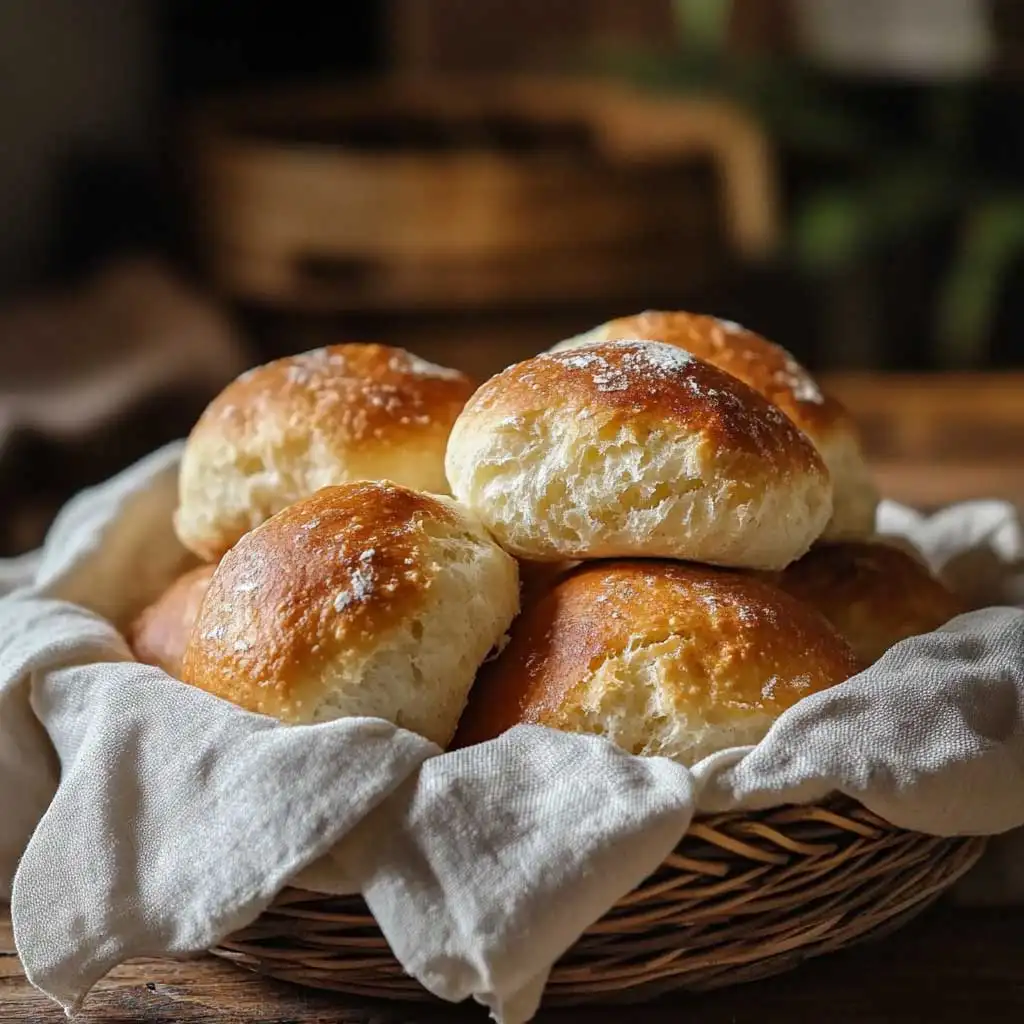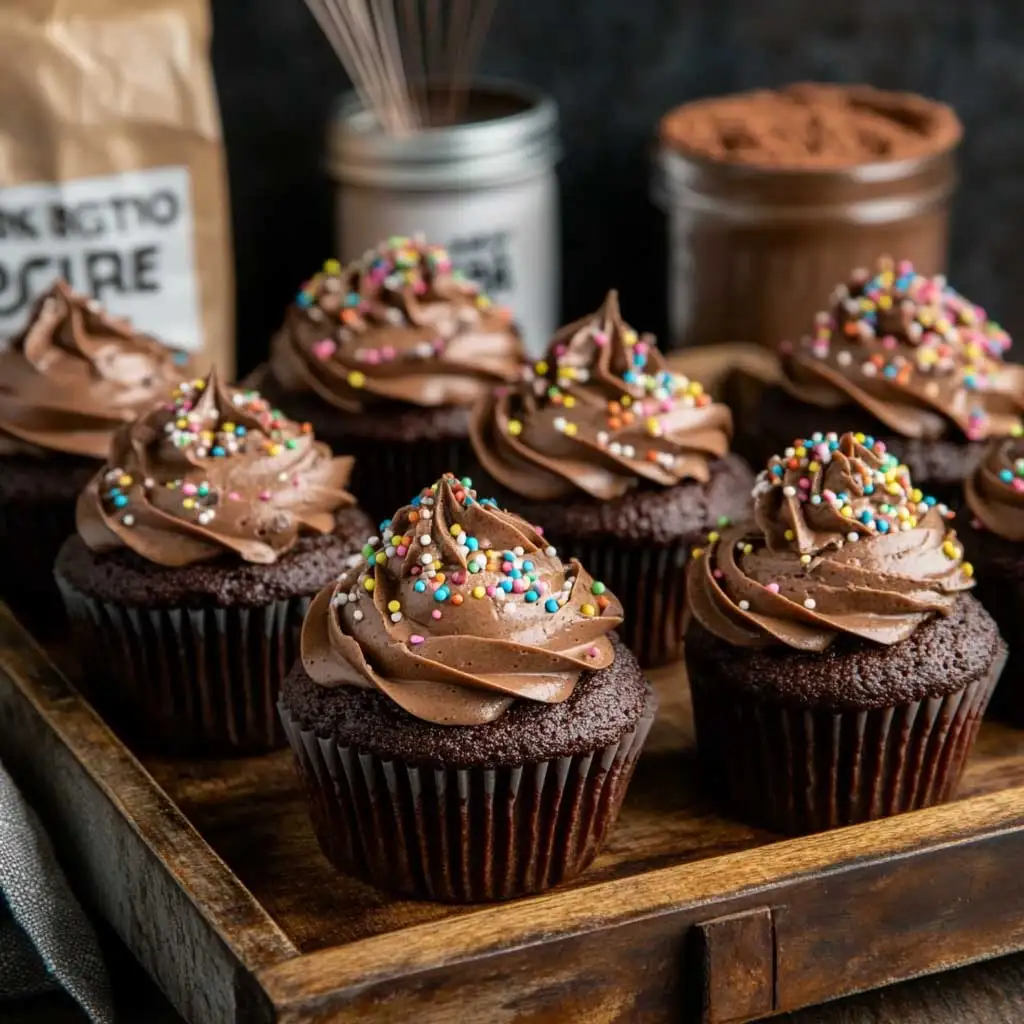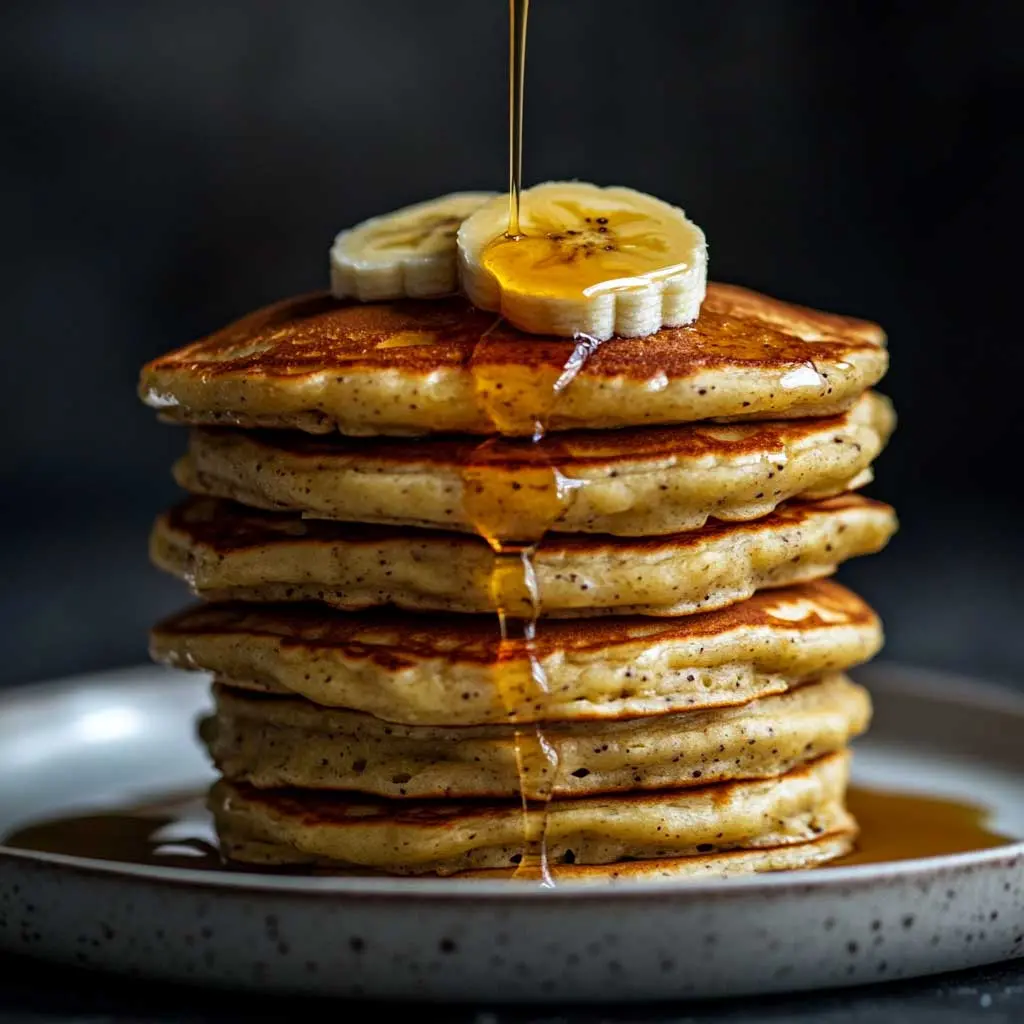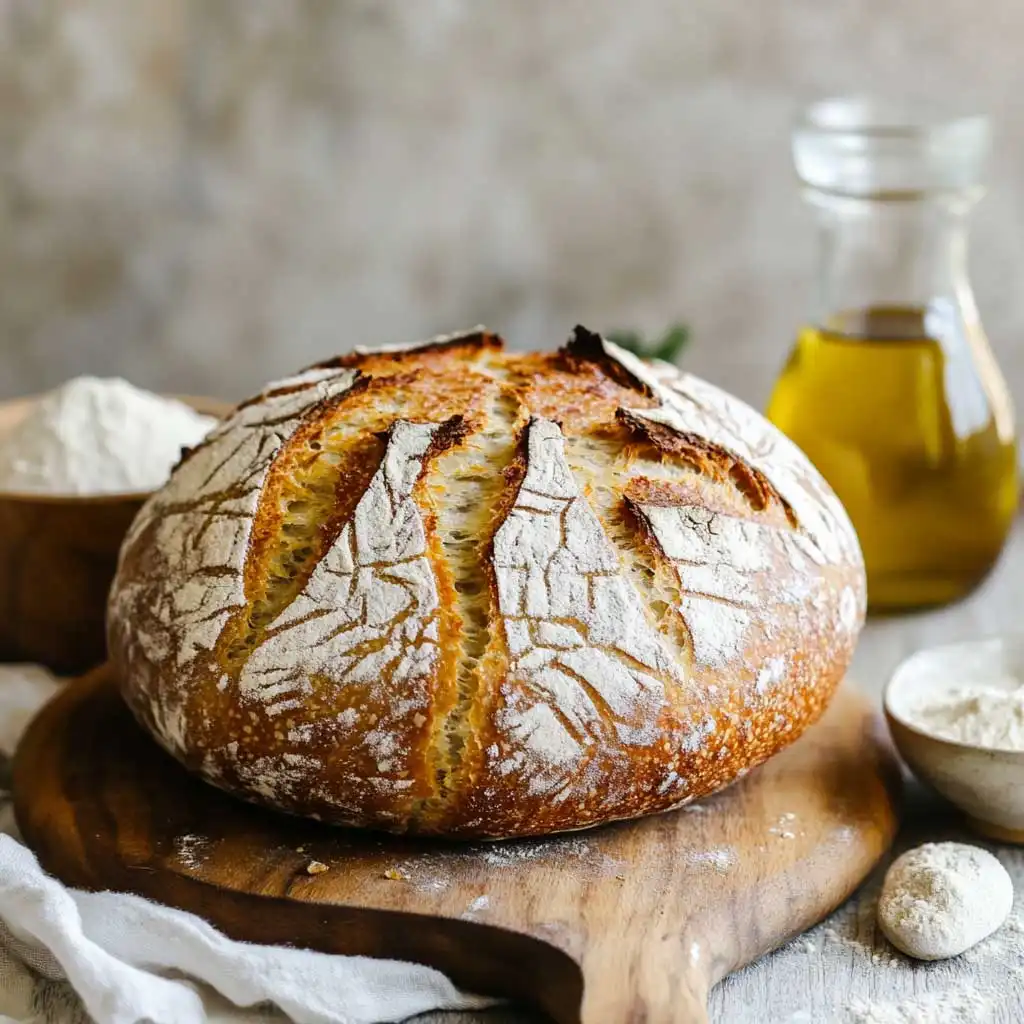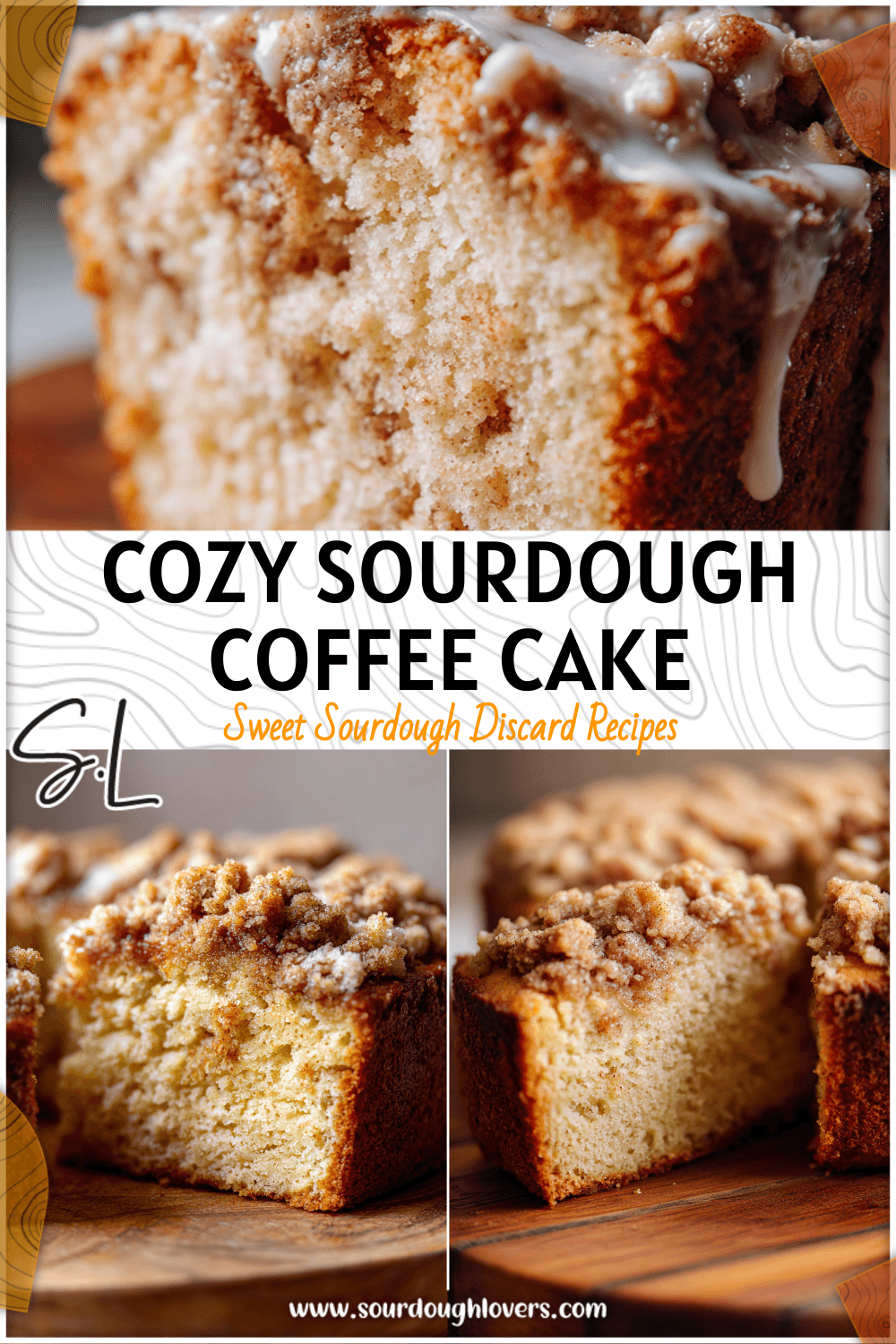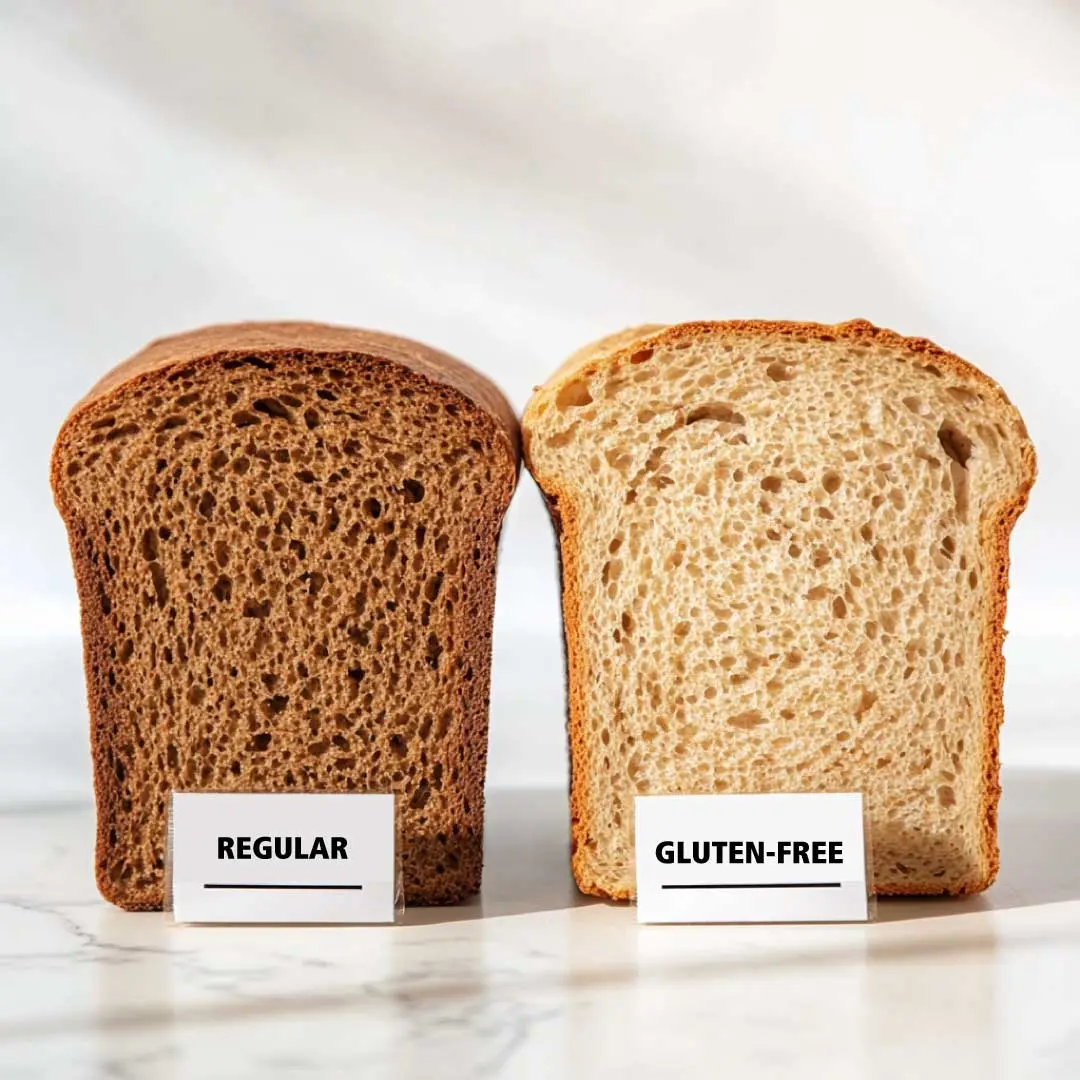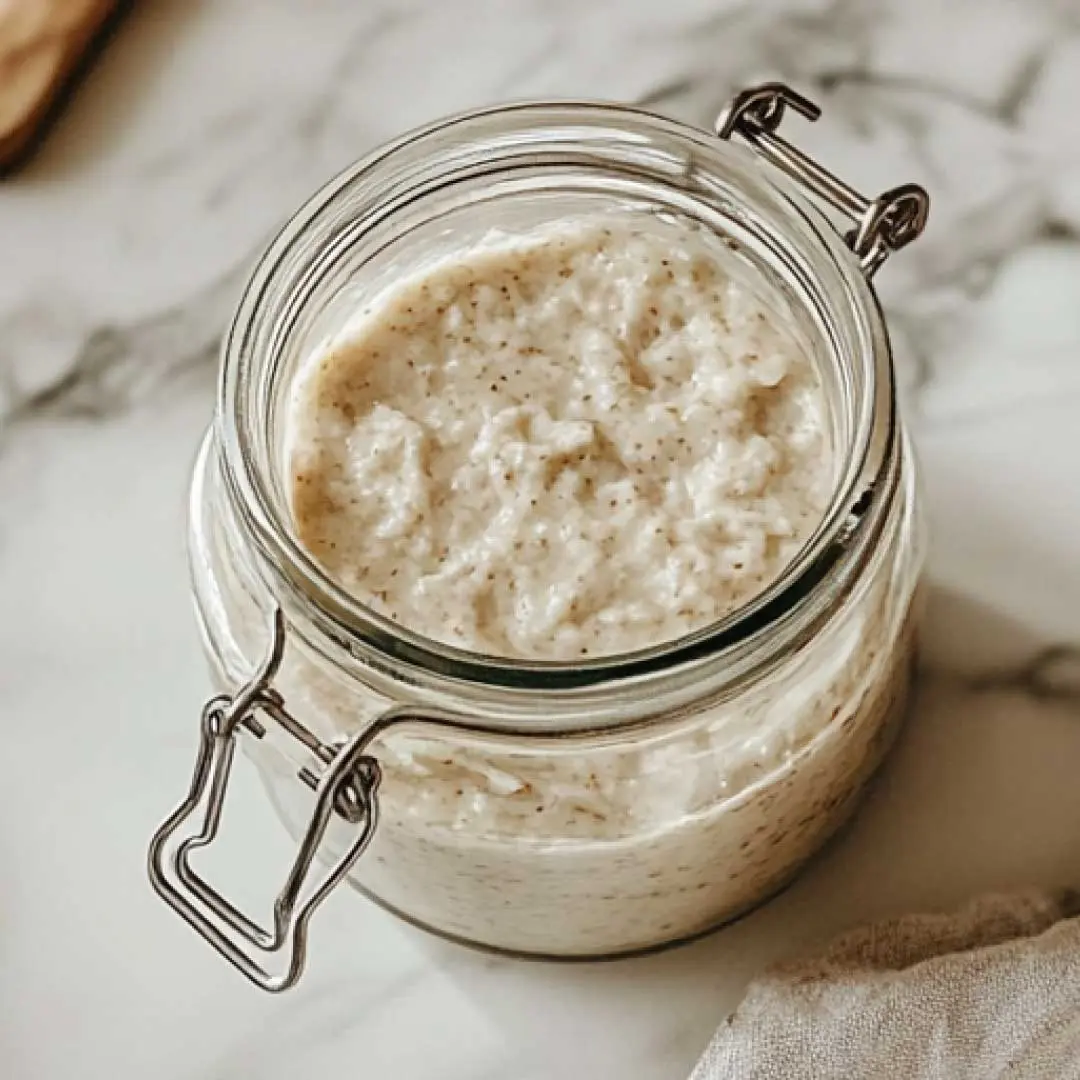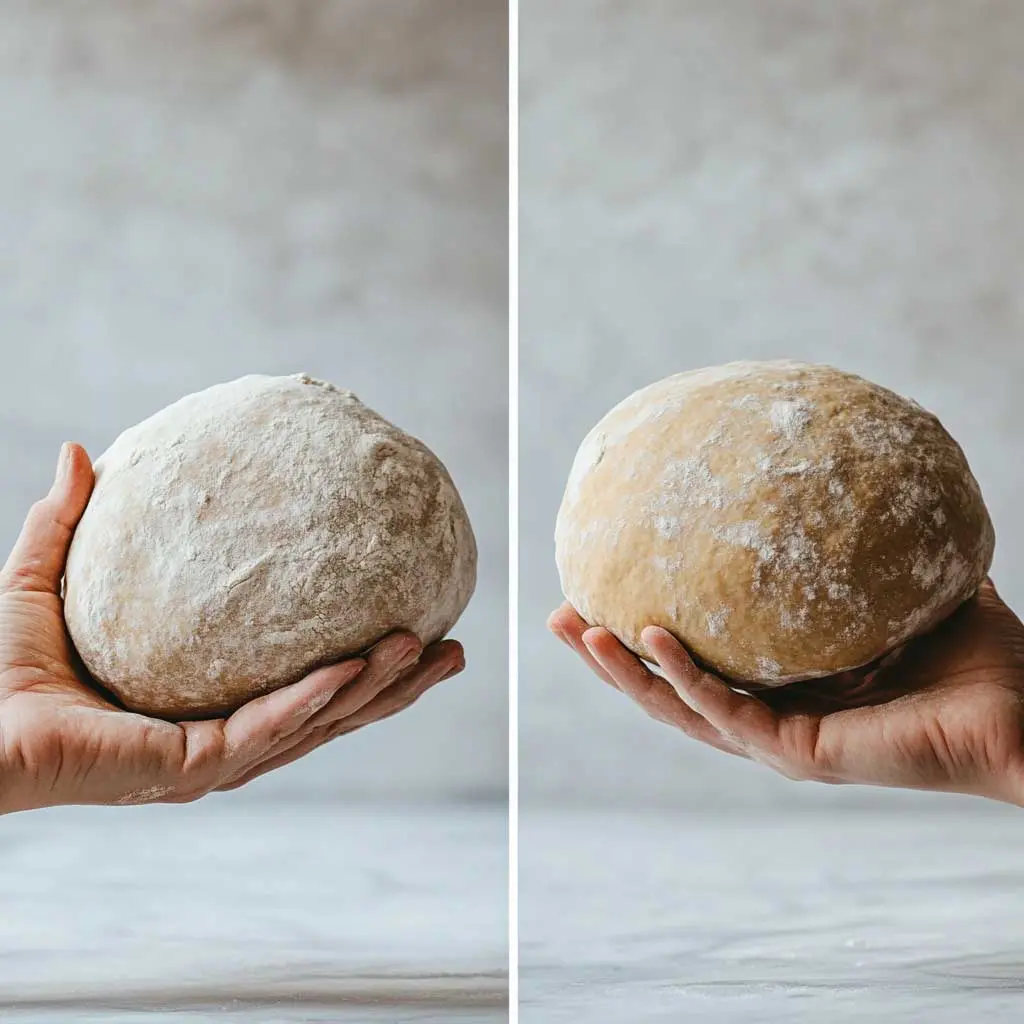An organized kitchen sets the tone for smooth cooking and stress-free meal prep. When everything has its place, you waste less time hunting for plates, pans, or spices. Learning the best way to organize kitchen cupboards isn’t just about neatness—it’s about boosting efficiency and comfort. Even a cabinet organization small kitchen makeover can make a dramatic difference in daily routines. With smart upper cabinets organization techniques, strategic layouts, and practical tools, any space can function like a professional kitchen. In this guide, you’ll discover step-by-step methods, space-saving ideas, and habits that simplify storage and elevate your kitchen setup.
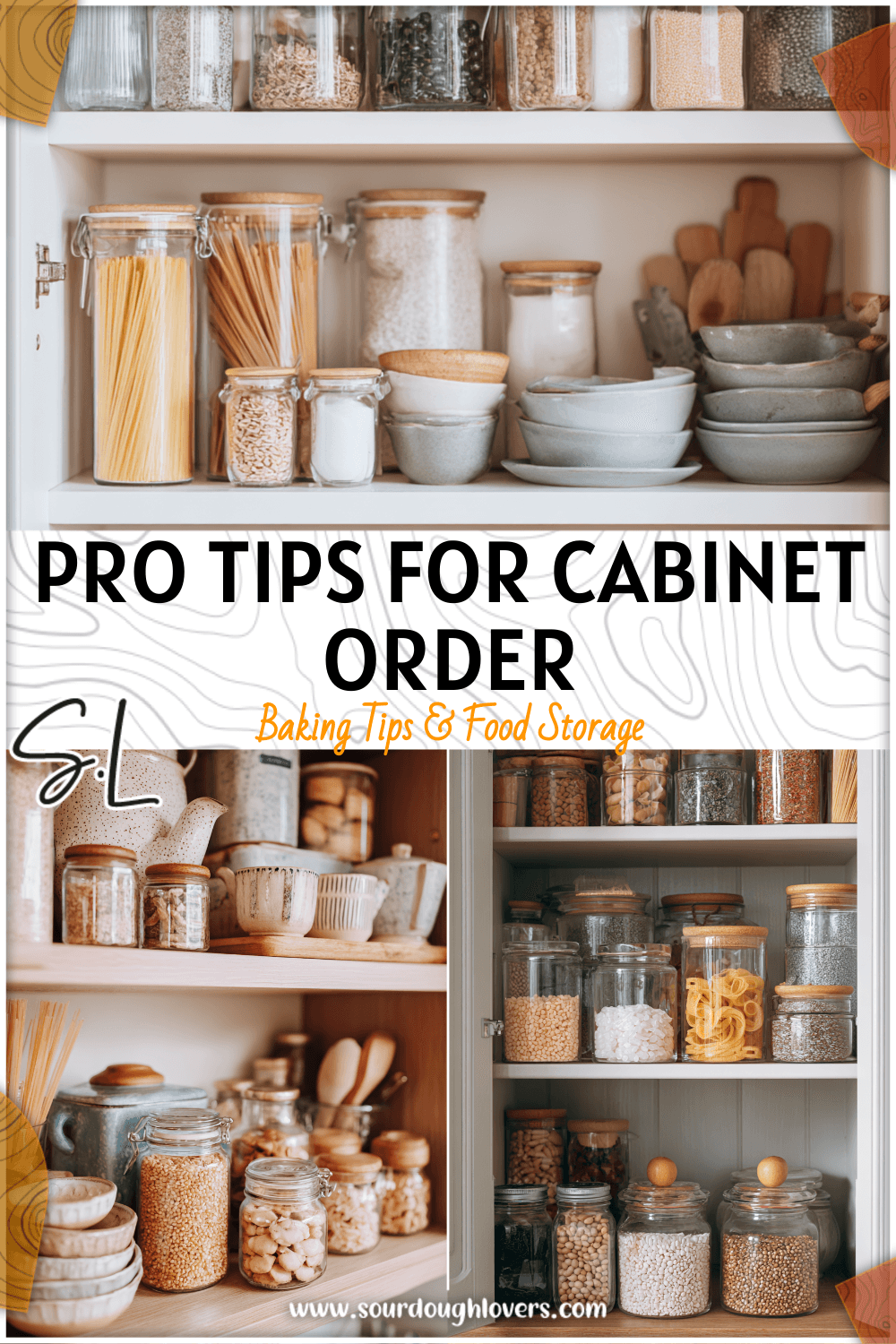
Why Kitchen Cabinet Organization Matters
A Personal Story of a Messy Kitchen and Cluttered Cabinets
Not long ago, I found myself standing in front of my chaotic kitchen cupboards, searching for the cumin I swore I’d bought last week. I dug through bags of half-used flour, mismatched lids, and random jars before finally admitting defeat and buying another bottle. The clutter wasn’t just inconvenient—it made cooking feel exhausting.
After reaching a breaking point, I decided to learn the best way to organize kitchen cupboards from professionals. I started small: grouping similar items, labeling containers, and assigning every category a designated spot. In my cabinet organization small kitchen, I began using shelf risers for plates, vertical racks for pans, and baskets for baking supplies. The transformation was immediate. Suddenly, cooking felt fun again. I could find ingredients quickly, and cleaning up took half the time. What once felt like a daily annoyance became a space I loved working in.
Once cabinets are neat and logical, every task becomes easier. Efficient upper cabinets organization means you’ll no longer strain for your everyday mugs or stack bowls precariously. Instead, items you use the most live within arm’s reach, while special-occasion pieces stay higher up. This kind of thoughtful cabinet storage organization saves minutes during every meal, reduces waste by keeping you aware of what you own, and creates a sense of calm when you enter your kitchen.
Print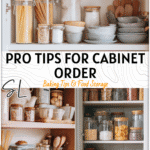
Untitled Recipe
Keywords: best way to organize kitchen cupboards, cabinet organization small kitchen, upper cabinets organization, cabinet storage organization, tiny cabinet organization, how to organize kitchen cabinets like a pro, kitchen cabinet organization, kitchen storage solutions
Beyond functionality, order brings peace of mind. A tidy cabinet system encourages consistency—once everything has a place, it’s easier to maintain. Cooking, entertaining, or even cleaning up becomes smoother, and your kitchen finally feels like the efficient, inspiring space it’s meant to be.
Step-by-Step Guide to Organize Kitchen Cabinets Like a Pro
Declutter and Categorize Everything First
The best way to organize kitchen cupboards always begins with a complete reset. Clear out every shelf so you can truly see what you own. Spread items on a counter or dining table and begin sorting them into clear categories—plates and bowls, glasses and mugs, canned or dry goods, baking supplies, food storage containers, and cleaning products.
Next, evaluate what’s worth keeping. Check expiration dates, consolidate duplicates, and donate perfectly good but unused cookware. This initial purge immediately frees up space and provides clarity for your new system.
After sorting, wipe down cabinet interiors with warm soapy water and let them dry thoroughly. Then, decide what stays and what goes using a simple guide:
| Category | Keep | Toss | Donate |
|---|---|---|---|
| Everyday dishes | ✅ | ||
| Expired pantry items | ✅ | ||
| Extra mugs or gadgets | ✅ |
Once done, you’ll have a clean slate that highlights how much storage capacity you really have. Whether you’re working with a large kitchen or focusing on tiny cabinet organization, this process prevents clutter from sneaking back in. Decluttering is the foundation of every tidy space—and it sets the stage for the next crucial step: arranging your items logically.
Arrange Items by Frequency and Function
Now that you know what’s staying, it’s time to assign every object a zone based on how often you use it. Place everyday dishes, glasses, and coffee mugs on the easiest‑to‑reach middle shelves. Heavier cookware or appliances can live in lower cupboards, while special‑occasion platters or seasonal baking tools belong up top.
Think of your kitchen as a working triangle—items you use daily should be closest to where you prep, cook, or serve. Smart upper cabinets organization keeps cooking seamless; for example, store spices near the stove, and stack bowls near your prep area. Use shelf risers to double your vertical space, ensuring each item has its own spot without feeling cramped.
For deep cabinets, consider adding pull‑out drawers or clear bins so nothing gets lost in the back. If you’re short on space, embrace creative tiny cabinet organization tricks like mounting adhesive hooks on the inside of cabinet doors for measuring spoons, or sliding trays for lids and cutting boards.
With everything arranged by frequency and function, your kitchen instantly feels roomier, more efficient, and ready for daily use. You’ll no longer waste time hunting for what you need—and that’s the real secret behind learning how to organize kitchen cabinets like a pro.
Smart Storage Solutions and Pro Techniques
Space-Saving Tools and Accessories
Once your layout is in place, it’s time to maximize every inch. The best kitchens rely on functional tools that simplify cabinet storage organization while keeping things accessible. Below are must‑have accessories that professional organizers often recommend:
| Accessory | How It Helps | Typical Price Range |
|---|---|---|
| Turntable (Lazy Susan) | Spins jars or oils so nothing hides in corners | $10–$25 |
| Pull‑Out Drawer | Brings deep‑cabinet items to you for quick access | $30–$60 |
| Vertical Divider | Keeps baking sheets, lids, and trays upright | $8–$20 |
| Clear Bin or Basket | Groups snacks and dry goods; easy to label | $5–$15 |
Use these items strategically. For example, place a Lazy Susan in a corner cabinet for spices, or add a pull‑out shelf near the sink to store cleaning supplies. Clear bins prevent you from losing track of smaller packages and allow you to see inventory at a glance.
When choosing tools, measure cabinet interiors first. A perfectly sized drawer insert or divider instantly upgrades everyday usability. Even adding simple shelf risers creates a two‑tier zone that doubles the space for mugs or glassware. Small adjustments like these can transform your workflow, letting you open a cabinet and immediately spot what you need.
Small Kitchen and Upper Cabinet Organization Ideas
Every cabinet organization small kitchen project demands creative thinking. If square footage is limited, go vertical and take advantage of unused nooks. Install hooks beneath shelves for mugs or utensils, or hang a short tension rod inside a door to hold spray bottles. Magnetic strips can secure knives or spice tins, freeing drawers for bulkier tools.
For upper shelves, lighter items like extra paper towels, serving platters, or seasonal dishes are best. Mixing closed and open storage adds visual balance; use glass‑front doors or wicker baskets to keep frequently used items visible without looking cluttered.
When tackling tiny cabinet organization, consistency matters more than perfection. Label bins uniformly and group items by category—snacks, breakfast items, baking supplies—so the system is self‑explanatory for everyone in the household. Rotating organizers or pull‑down shelves make upper cabinets organization effortless for shorter family members while keeping surfaces clear.
Professional decorators emphasize maintaining a cohesive look: match containers where possible and keep color schemes simple. This both streamlines the design and subconsciously promotes tidiness. With mindful product placement, even a galley‑style kitchen can appear spacious and serene.
Ultimately, smart storage solutions aren’t about buying dozens of gadgets; they’re about choosing a few well‑fitted aids that keep your routines smooth. Combined with the habits from your earlier steps, these tools help you maintain that pro‑level order day after day—no matter your kitchen size.
FAQs and Conclusion
Frequently Asked Questions
1. What’s the best way to organize kitchen cupboards with deep shelves?
Deep cabinets can feel like black holes, but the best way to organize kitchen cupboards this way is to install pull‑out drawers or sliding trays. They bring items forward so nothing gets lost in the back. Use clear bins or baskets to group canned goods and label everything. Keeping heavier items toward the front ensures easy daily access while maintaining visibility of backup supplies.
2. How do I maintain cabinet organization over time?
The secret to lasting cabinet storage organization is consistency. Every few weeks, do a quick review—wipe shelves, check for expired products, and return misplaced items. Create a simple routine: if something new comes in, something old should go out. Encourage household members to follow the existing system so your tidy setup stays effortless to maintain.
3. How can I organize kitchen cabinets in a small kitchen?
In a cabinet organization small kitchen, vertical space is your biggest ally. Add stacking shelf risers, under‑shelf baskets, or magnetic strips to open up hidden spots. Hooks mounted on inside doors can hold measuring cups or pot lids. Keep countertops clear to enhance the feeling of space, and store only what you truly use to make the most of every cabinet.
4. What should I store in upper cabinets vs. lower cabinets?
Apply practical upper cabinets organization by keeping light, frequently used items—cups, everyday plates, or dry ingredients—on easy‑to‑reach shelves. Lower cabinets work best for heavier cookware, mixing bowls, and appliances. This logic protects your back while speeding up meal prep, since regularly needed tools stay close at hand.
5. Are drawer dividers and bins really worth it?
Yes. Even budget‑friendly dividers, turntables, or baskets redefine boundaries inside your cabinets. They prevent clutter from returning by giving every item a designated home. Over time, these accessories save both time and frustration, proving that small investments have a big payoff in maintaining streamlined cabinet storage organization.
Bringing It All Together – Final Thoughts
Learning how to organize kitchen cabinets like a pro doesn’t require a massive renovation—it’s about smart habits and thoughtful placement. Begin by decluttering, categorize what you own, then implement clear zones based on frequency and function. Add a few well‑chosen tools—pull‑outs, dividers, or bins—to make the setup easy to sustain.
Consistency keeps everything running smoothly. Return items immediately after use, review your system monthly, and refine as your cooking style evolves. With time, these practices become second nature.
A well‑ordered kitchen means faster meal prep, lighter cleaning sessions, and a sense of calm every time you open a cupboard. Start today, take small steps, and enjoy how effortless daily cooking feels once effective cabinet storage organization becomes part of your routine.










